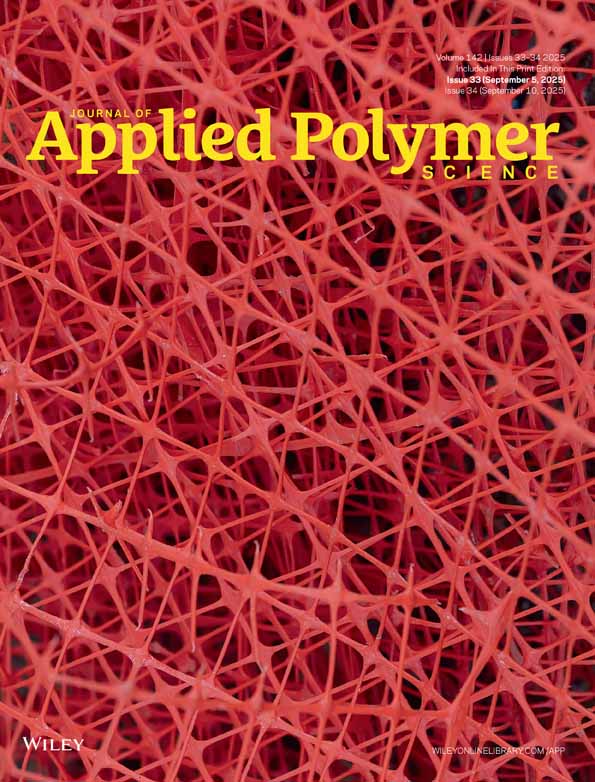Isothermal crystallization study on a biodegradable segmented copolymer constituted by glycolide and trimethylene carbonate units
Abstract
The isothermal crystallization behavior of a segmented copolymer constituted by hard blocks of polyglycolide and soft segments derived from the copolymerization of glycolide and trimethylene carbonate was investigated. This polymer has applied relevance because it is one of the most widely used for bioabsorbable surgical sutures. Calorimetric, optical microscopy, and infrared techniques were combined to understand the thermal properties and the different factors that influence the crystallization process. Basically, only the hard blocks crystallized, although certain processing conditions allowed performing an additional crystallization associated with small lamellar domains of the soft segment. Crystallization from both the melt and the glass state rendered positive spherulites with a fibrillar texture. The observed unusual sign of birefringence was a consequence of the close packing structure of polyglycolide, which was also corroborated by electron diffraction patterns. Crystallization was characterized by an athermal nucleation, which allowed accurate estimation of the secondary nucleation parameter by using the calorimetric data only. Significant differences in the Avrami exponent (from 2.32 to 1.45) were found between the cold and hot isothermal crystallizations. The stronger geometric constraints observed in the crystallization from the glass state were also corroborated by FTIR analyses. © 2009 Wiley Periodicals, Inc. J Appl Polym Sci, 2010




